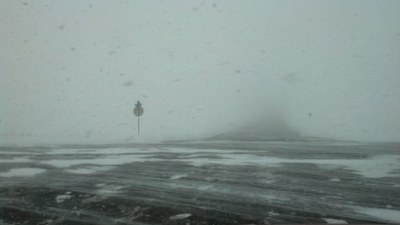Adjusting Cattle Rations During [Extreme] Cold Weather
The weekend of Jan 16-17, 2016 contained wind chill temps of -44 and -40 degrees Fahrenheit (F). For the USDA Livestock Indemnity Program, extreme cold is defined by wind chill at or colder than -40 degrees F for adult cattle and -20 degrees F for calves.
If you have livestock losses due to extreme cold, you will need to report the loss to the FSA office within 30 days of the loss to qualify for an LIP payment.

While exposure to extreme cold is dangerous and life threatening, producers do try to mitigate the exposure to extreme cold by providing bedding, windbreaks or wind protection, external parasite control, and adequate feed.
Research at the CREC by Dr. Vern Anderson found bedding and generous bedding (double bedding) improved feed conversion and improved carcass quality of feedlot cattle. Five to seven pounds of straw was used per head daily for bedding.
Cattle are acutely aware of wind chill and will seek protection from the wind. Cows will use whatever is available, including a hay feeder or another cow. Lice control will prevent cattle from rubbing their warm hair off.
Cattle do adapt to cold weather by growing a thick hair coat. This hair coat can be over a half inch deep and provides protection as long as the hair coat is dry. Wet hair loses its ability to insulate.
Due to this thick winter coat, cattle are comfortable down to 18 degrees F according to the National Research Council’s Effects of Environment on Nutrient Requirements of Domestic Animals. When the temperature is lower than the cattle’s lower critical temperature (18 degrees), cattle require 2% more energy per degree Celsius. Or roughly, for every 10 degree drop in temperature, cattle need 10% more energy.
Cattle will typically increase their feed intake with colder weather. Simply providing more feed during these short term temperature drops will meet the cow’s nutritional needs.
However, long term cold weather exposure will cause an increase in energy needed by the cow will require a more energy dense ration (provide grain and/or better quality hay). If the cow doesn’t get fed well, she will metabolize body fat to stay warm and consequently lose weight. When a pregnant cow loses weight during the last three months of pregnancy, it more often leads to calving difficulties and rebreeding problems.
Karl Hoppe
Area Extension Livestock Specialist


